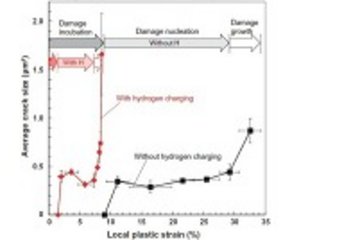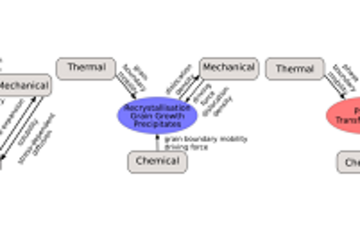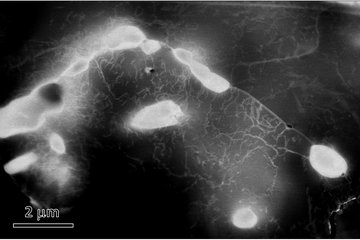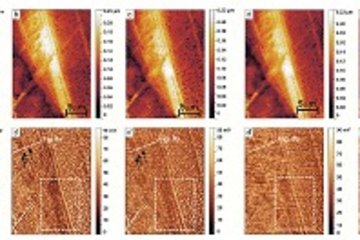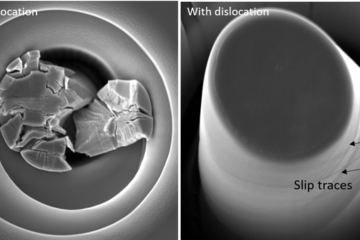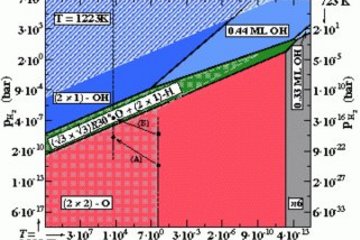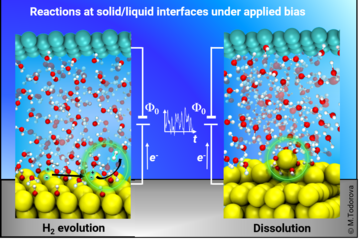All genres
1.
Book Chapter
How to probe structure, kinetics and dynamics at complex interfaces in situ and operando by optical spectroscopy. In: Encyclopedia of Interfacial Chemistry: Surface Science and Electrochemistry; part of "Reference Module in Chemistry, Molecular Sciences and Chemical Engineering", pp. 199 - 219 (Ed. Wandelt, K.). Elsevier, Waltham, MA, USA (2017)
2.
Conference Paper
Oxygen reduction and water at the semiconductor/solution interface probed by stationary and time-resolved ATR-IR spectroscopy coupled to electrochemical experiments and DFT calculations. In: Program of the 8th International Conference on Advanced Vibrational Spectroscopy (ICAVS) – Oral Abstracts, pp. 130 - 131 (Eds. Lendl, B.; Koch, C.; Kraft, M.; Ofner, J.; Ramer, G.). 8th International Conference on Advanced Vibrational Spectroscopy (ICAVS), Vienna, Austria, July 12, 2015 - July 17, 2015. (2015)
3.
Talk
A joint first principles and ATR-IR study of the vibrational properties of interfacial water at Si(100):H-H2O solid-liquid interfaces. APS March Meeting 2015 , San Antonio, TX, USA (2015)
4.
Poster
ATR-IR Spectroelectrochemical Studies of Aqueous Solutions at Hydrogen-Terminated Silicon Single Crystals as a Model System for Interfacial Water. 8th International Conference on Advanced Vibrational Spectroscopy (ICAVS), Vienna, Austria (2015)
5.
Poster
Water in contact with H-terminated silicon: A combined ATR-IR spectroscopic and ab initio computational study. Bunsentagung 2015, 114th General Assembly of the German Bunsen Society for Physical Chemistry, Bochum, Germany (2015)
6.
Thesis - PhD
Defect formation and evolution in zinc oxide: from semiconductors to corrosion. Dissertation, Ruhr-Universität Bochum (2019)
7.
Thesis - Master
Electrochemical Attenuated Total Reflection Infrared Spectroscopic experiments at Hydrogen terminated Silicon single crystal surfaces. Master, Faculty of Chemistry and Biochemistry, Ruhr-Universität Bochum, Bochum, Germany (2015)




